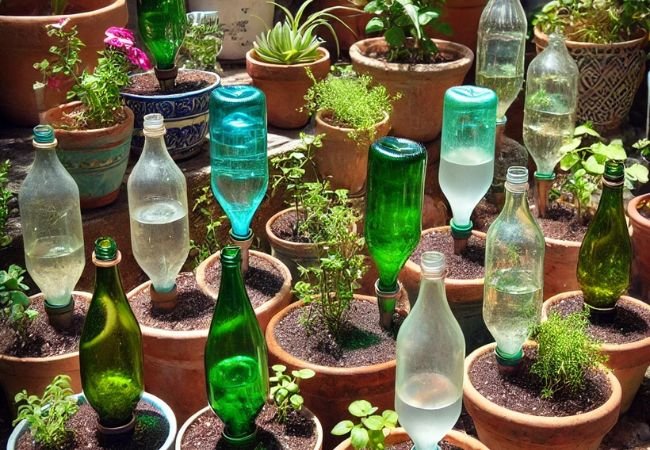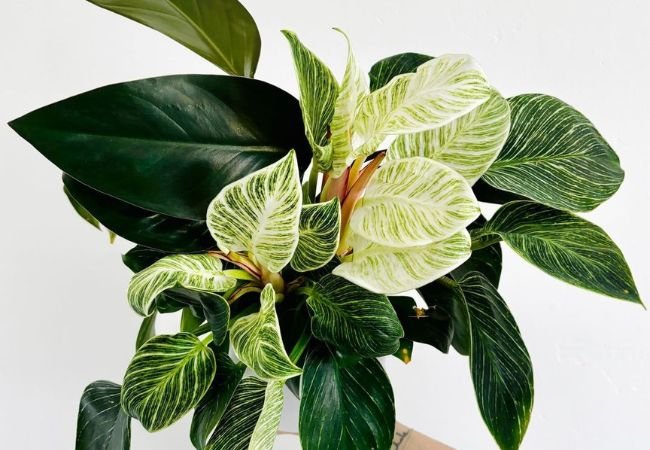Discover how to create inexpensive, easy-to-make self-watering systems for your plants using recycled plastic bottles and wine bottles. Learn step-by-step instructions to water your plants automatically.
Are you tired of constantly remembering to water your plants? Want a more hands-off approach to keeping your greenery alive? Look no further than these DIY self-watering systems using recycled plastic bottles and wine bottles. With just a few simple supplies, you can create an effective watering setup that will keep your plants happy and hydrated, even when you’re away.
The Benefits of DIY Self-Watering Systems
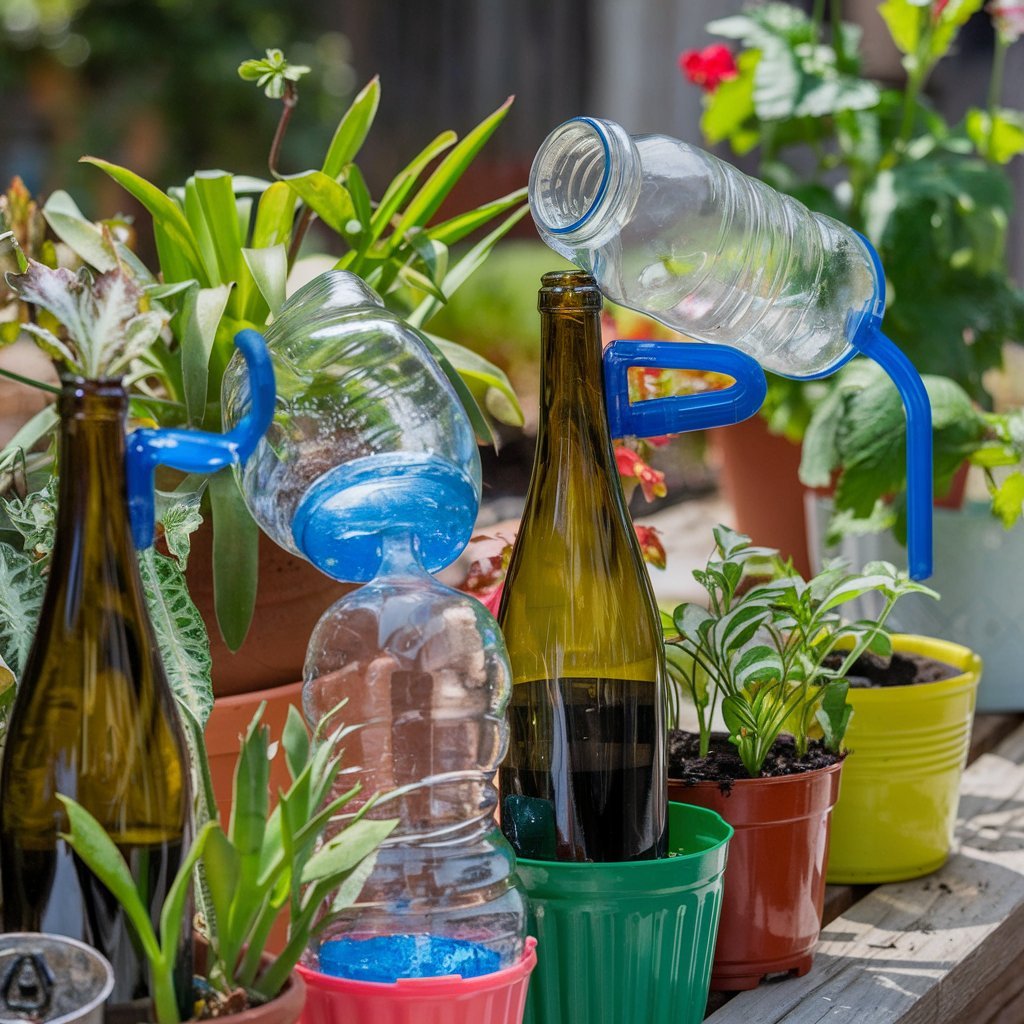
Caring for plants can be time-consuming, especially if you have a busy schedule or go on vacation frequently. Self-watering systems take the guesswork out of plant care,
providing these key advantages:
- Consistent Moisture: Your plants will receive a steady supply of water, preventing them from drying out.
- Reduced Watering Frequency: You won’t have to remember to water as often, freeing up your time.
- Efficient Water Usage: The slow, controlled release of water minimizes waste and overwatering.
- Adaptability: You can customize the systems to fit different plant sizes and needs.
- Cost-Effective: The materials are inexpensive and easy to find, making them budget-friendly.
DIY Self-Watering System Using Plastic Bottles
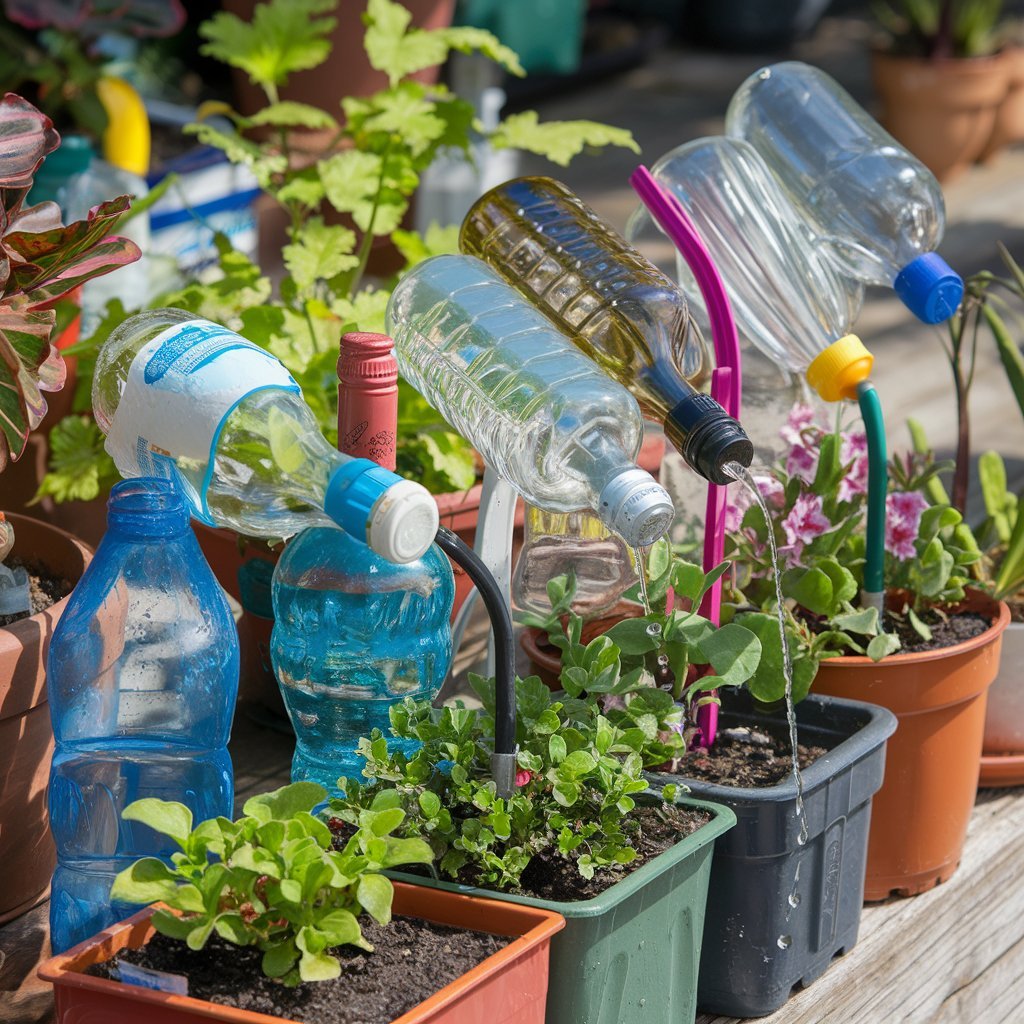
Gather these supplies:
- Empty plastic bottles (2-liter or larger)
- Sharp knife or scissors
- Drill (optional)
- Potting soil
- Plants
Follow these steps:
- Clean and remove any labels from the plastic bottles.
- Using the knife or scissors, carefully cut the bottom off the bottle, leaving the cap on.
- Drill a few small holes around the sides of the bottle, near the bottom. This will allow the water to seep out.
- Invert the bottle and place it in the soil of your potted plant, pushing it down until the cap is just below the soil surface.
- Fill the inverted bottle with water. The water will slowly drip out through the holes, keeping the soil moist.
- Top up the water as needed, usually every 7-10 days.
DIY Self-Watering System Using Wine Bottles
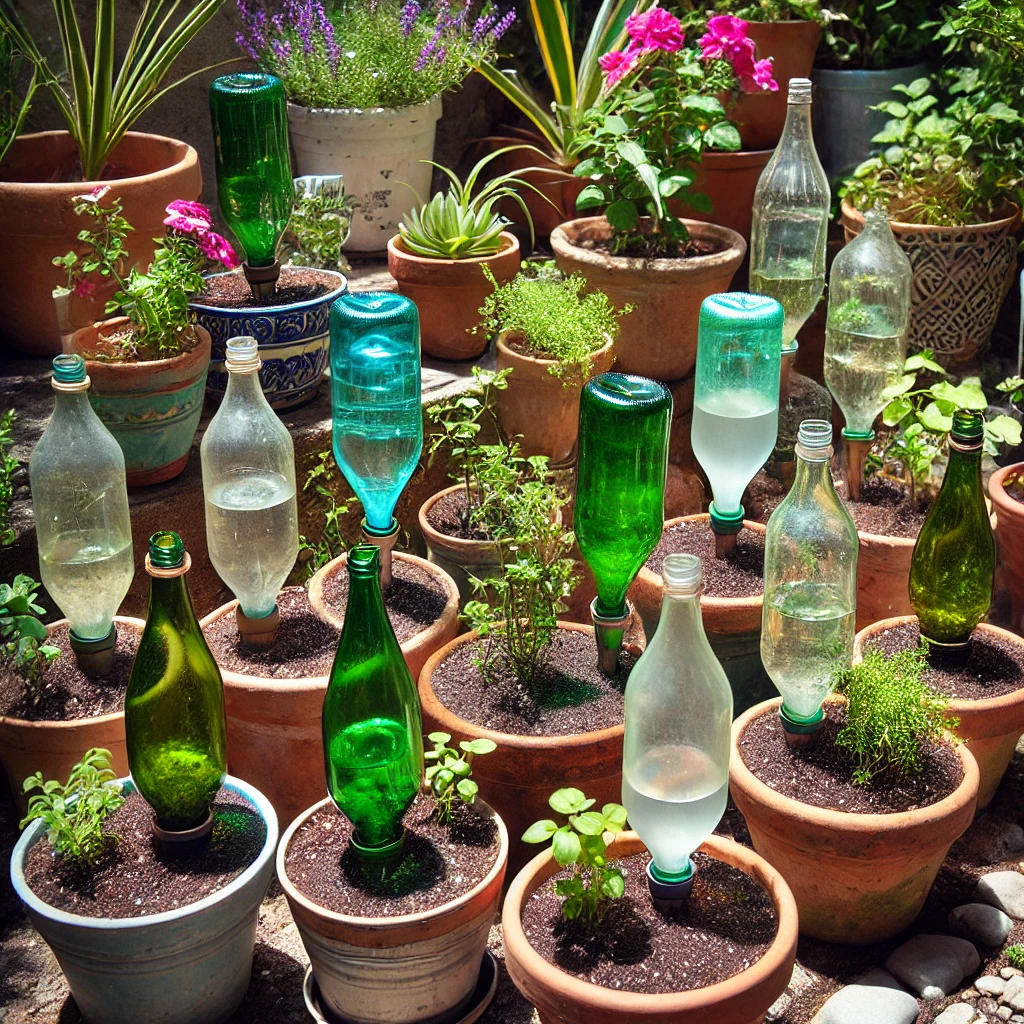
For this project, you’ll need:
- Empty wine bottles
- Sharp knife or glass cutter
- Drill (optional)
- Potting soil
- Plants
Follow these steps:
- Clean and remove any labels from the wine bottles.
- Use the knife or glass cutter to carefully remove the bottom third of the bottle, creating an open-ended vessel.
- Drill a few small holes around the sides of the bottle, near the bottom.
- Invert the bottle and place it in the soil of your potted plant, pushing it down until the open end is just below the soil surface.
- Fill the inverted bottle with water. The water will slowly seep out through the holes, keeping the soil moist.
- Refill the water as needed, usually every 7-10 days.
Customizing Your DIY Self-Watering System
- Use different-sized bottles for plants with varying water needs.
- Experiment with the number and placement of holes to control the water flow.
- Add a wick made of cotton or rope to help draw the water up through the soil.
- Decorate your self-watering systems with paint, stickers, or other embellishments to match your home’s style.
Caring for Your DIY Self-Watering Plants
- Check the water levels regularly and refill as needed.
- Monitor your plants for signs of over- or under-watering and adjust the system accordingly.
- When repotting, remove the self-watering bottle and reinsert it in the new pot.
- Clean the bottles periodically to prevent algae buildup.
The Eco-Friendly Bonus
Beyond the convenience, these DIY self-watering systems have an added environmental benefit. By reusing plastic and glass bottles, you’re helping to reduce waste and give new life to items that might otherwise end up in a landfill. It’s a win-win for your plants and the planet.
With these simple, cost-effective DIY self-watering systems, you can take the hassle out of plant care and give your greenery the consistent hydration they need. Whether you use plastic bottles or wine bottles, you’ll be able to create a customized watering setup that works for your plants and your lifestyle. Give it a try, and enjoy the satisfaction of keeping your indoor and outdoor plants happy and healthy with minimal effort.
For more gardening tips and plant care guides, visit usagardenhub.com.

